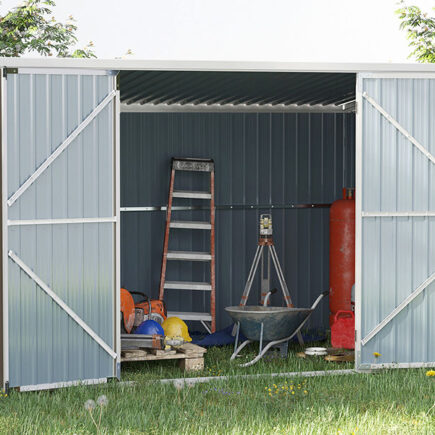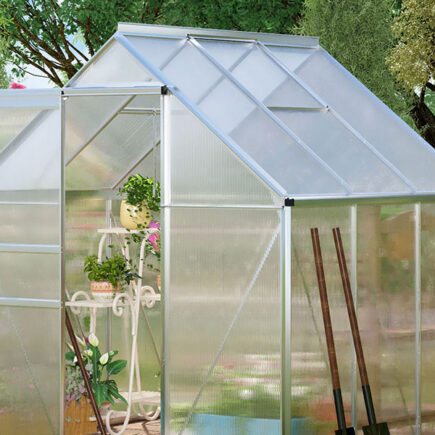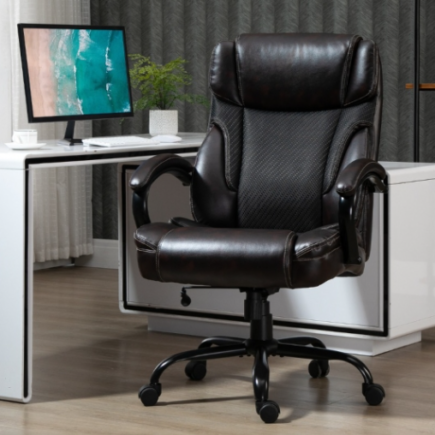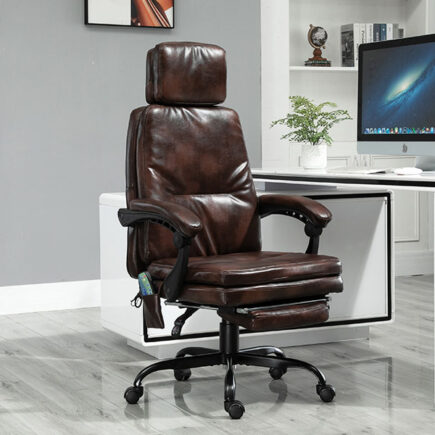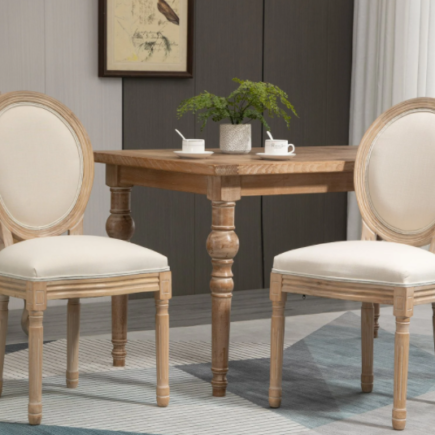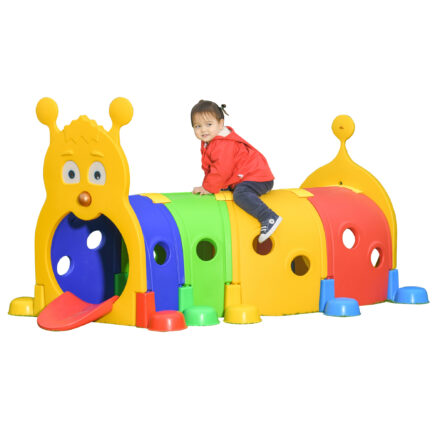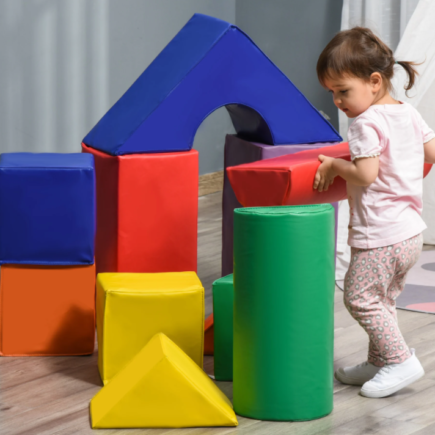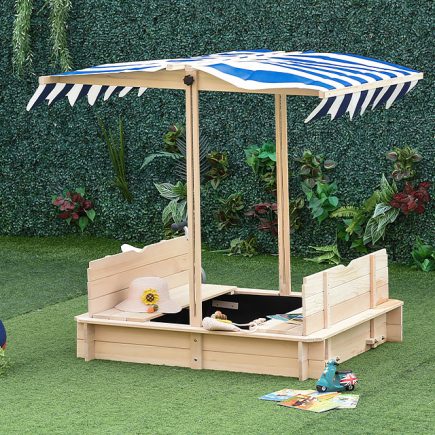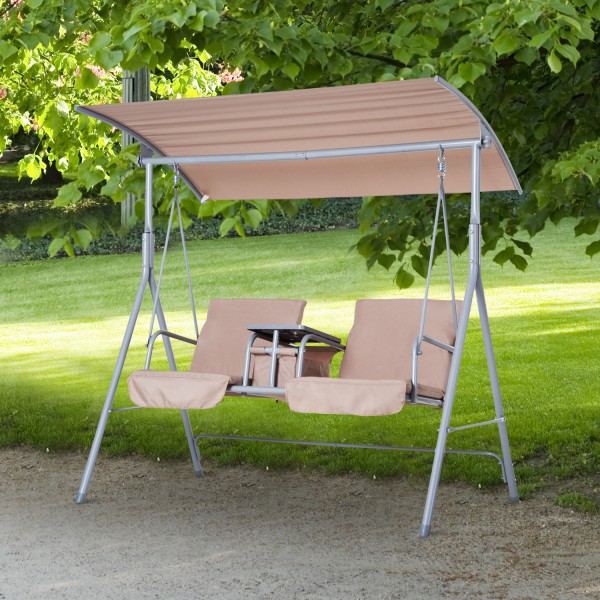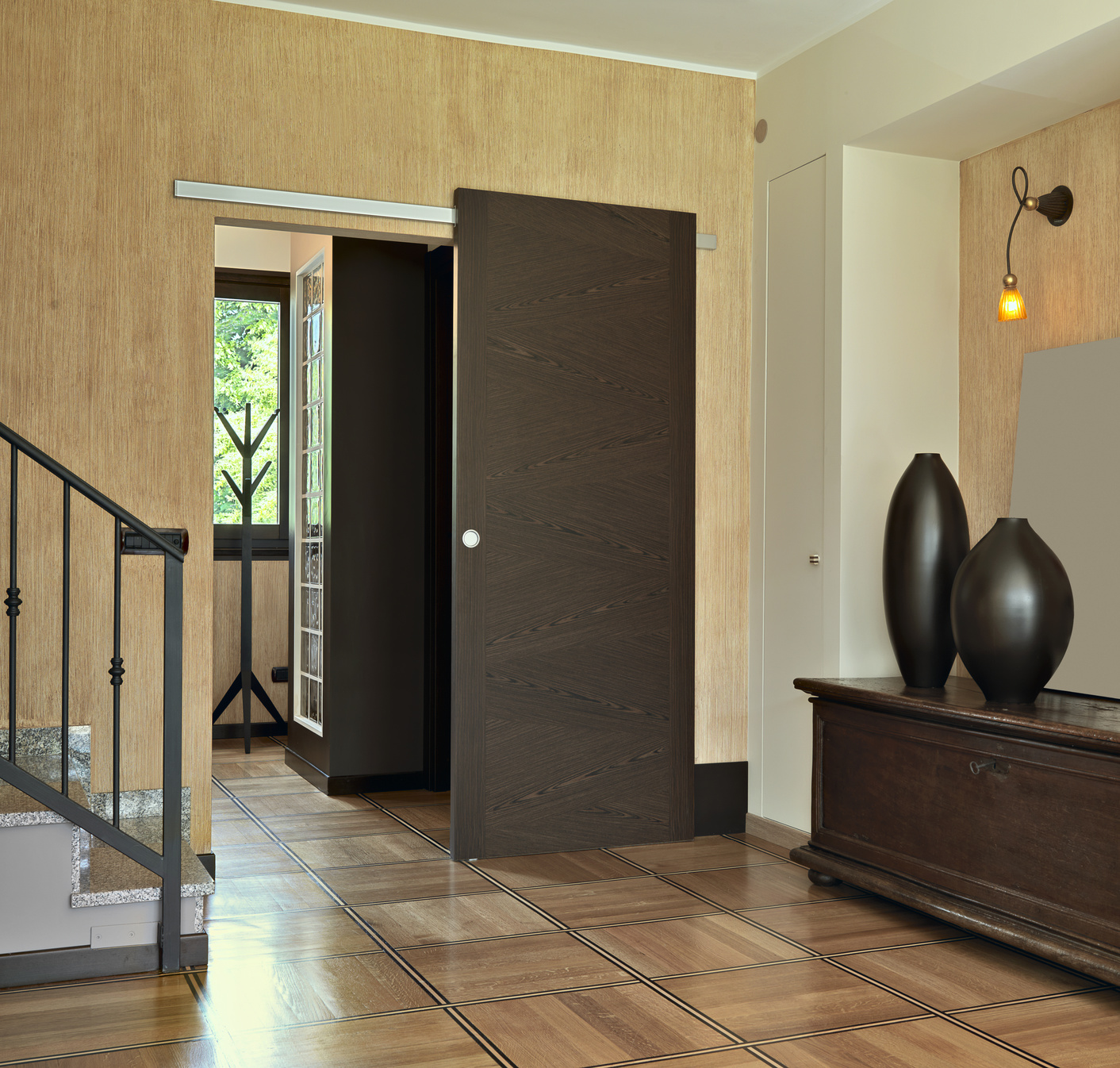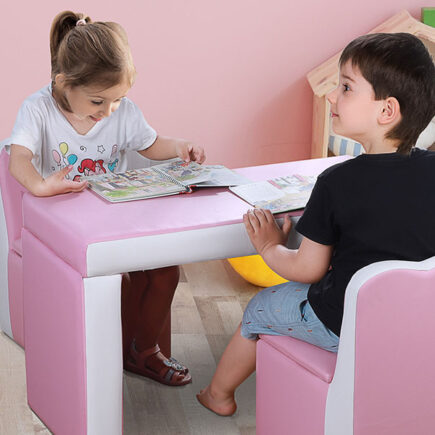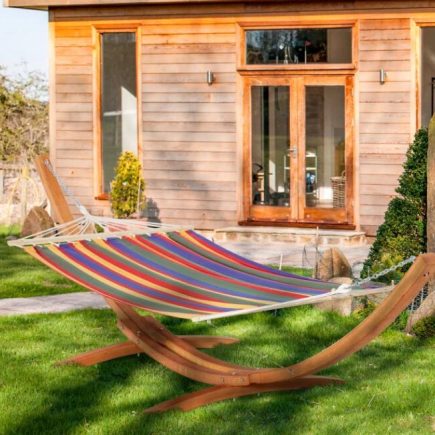Every parent wants their kid to excel at something. Maybe it is sports, chess, or music. For the latter, you have come to the right place. Even if it is just banging on the keys – kids love playing music. It is all about expressing yourself and enjoying yourself.
And parents, you will love listening to your child learn to play, as playing an instrument can enhance listening, focusing, self-esteem, and self-expression. In this guide, we will show you how to choose the best toy musical instruments, so you can give your toddler an early start to their musician careers!
Generally speaking, a suitable musical toy should be selected depending on the following: size and weight, sound, your child’s age, and your child’s preference.
Choosing the Right Instrument for Your Child
Here’s the deal: you must pick the right instrument for your child. If you pick wrong, they may not want to play any instrument at all. You want them to feel comfortable learning how to play. If you play your cards right, a glorious future filled with happy music performances may follow.
Check out the following factors to help you pick the right instrument for your kid.
The Size and Weight of the Instrument
The size and weight of the instrument are crucial for anyone – not just kids. Having a little kid learn to play the tuba may annoy and frustrate them.
With heavy instruments, kids may be able to hold them up for a few seconds, but not for thirty minutes of practice. Low brass instruments and some large woodwind instruments require extended reach and strength to play them. These instruments include:
- tuba
- trombone
- sax
- bassoon
If you and your child have your hearts set on a particular instrument – do not worry! Many instruments come in smaller sizes, made especially for kids!
What Kind of Sound Does the Instrument Produce?
That may sound like a dumb question, but the sound of the instrument is critical. Your child will not want to play any instrument if they do not like the way it sounds. For example, suppose your child loves the sound of an ocarina and enjoys covering different holes to produce music. In that case, that is the best choice for them.
How Old is Your Child?
Age is an important factor to consider. For children under two, specially-made toys like little drums or toy pianos are the best musical instruments. Young kids aren’t the best at grasping musical concepts, so just let them have fun.
Additionally, instruments that require a lot of lung power – like the trombone or tuba may not be suitable for younger kids. They may simply not have enough lung power to keep the notes going. However, do not give up on woodwinds! Recorders are popular choices among younger kids. Many elementary schools begin teaching kids how to play them at a young age.
For kids up to the age of six, keyboards and violins are the most common types of instruments to learn. That is because these instruments help build the foundation of musical concepts.
Do not worry about your child not sticking with their first instrument. Just knowing the basics will make it easier for them to pick and learn another one later!
Let Your Child Choose!
This one is the most essential factor! Many schools or music shops offer trial sessions to let kids figure out what instruments they like. Trial sessions are periods where potential learners can watch various musical instruments during a set time.
So, why is it important to let your kid pick out their instruments? Parents know their kids best right? Well, would you willingly spend hours practicing something you had no control over? I bet you wouldn’t, and neither will your child. Letting them pick what they like is the best way to ensure they enjoy themselves while learning.
How to Pick a Suitable Musical Instrument?
Considering everything we’ve just outlined above – how can you be sure you are buying the right instrument for your child? After all, not all instruments run cheap.
Before you start browsing, we recommend measuring your child. You will want to know your child’s height and reach to have a good idea of what size instrument to purchase for them.
Depending on what instrument you want them to play, the way you measure will differ. For the violin and viola, follow these steps:
- Extend the arm straight out to the side, parallel to the floor, and in line with their shoulders
- Move the arm forward at a 45-degree angle
- Turn the palm upwards so that it faces the ceiling
- Measure from the base of the student’s neck to the center of the palm.
For the cello and bass, follow these steps:
- Have your child extend their fingers evenly (like they’re going for a high-five!)
- measure from the tip of the index finger to the tip of the pinky finger
In terms of sound, it all comes down to your child’s personal taste. If they absolutely love the keyboard – let them at it. Or, if blowing into a recorder is enough to keep them satisfied and excited, go for it! As your child grows, so will their tastes. Maybe they’ll stick with what they have (and just move up the sizes), or they’ll move on to other instruments.
Don’t Forget!
- Make sure to measure your child’s reach and height before making a purchase.
- Visit trial sessions with your child to make sure they like the sound production of an instrument.
- Let your child have a say in what instrument they play!

